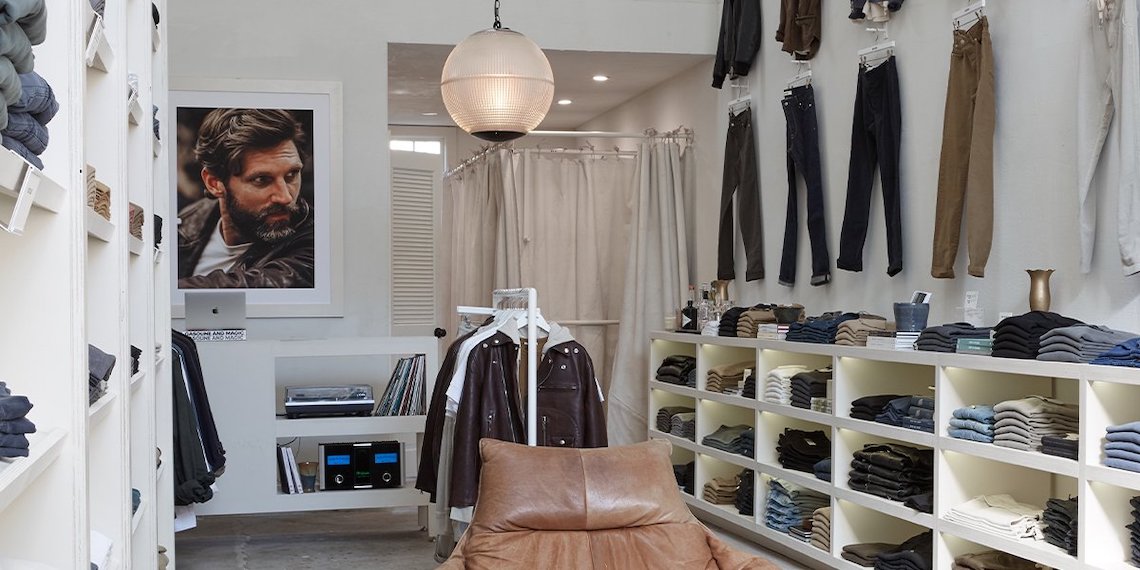It’s fair to say that 2020’s holiday season was a mess. A combination of pandemic factors led to massive delays in shipping, pushing brands and retailers to start their holiday sales as early as October.
Brands have learned their lesson. This year, with no signs that shipping and supply chain issues are slowing down, many fashion companies are troubleshooting to handle inevitable congestion and delays. Tactics range from starting production on holiday goods as early as August to hiring new staff.
Linda Schlesinger-Wagner, owner and founder of 12–year-old DTC shapewear brand Skinny Tees, said her brand typically waits to order its winter and holiday products from manufacturers until shortly before Thanksgiving. This year, however, it placed its orders over the summer to receive in September. Additionally, the brand plans to host smaller, staggered sales throughout the season, rather than have one big holiday sale before Black Friday. Schlesinger-Wagner said she hopes this will help alleviate some of the shipping strain for its online orders. The first holiday sale will happen before Thanksgiving, and several more are set to run through Christmas.
Another uncertainty Schlesinger-Wagner is accounting for is the delays the national postal and private shipping companies will face. “We are in constant communication with our UPS and FedEx account representatives, and plan to update our customers with estimated shipping timelines in real-time,” she said.
Kate Miss, brand director at DTC jewelry brand Anna Beck, echoed similar sentiments.
“Last year, we braced ourselves for a chaotic holiday season. We erred on the side of caution by ordering our production to start earlier [in August] and bumping up our e-commerce shipping cut-off times for customers,” said Miss. “With our production based in Bali, the resurgence of the pandemic has already caused challenges for us over the summer, so we’re operating on the same side of caution again this year.”
Miss said the brand expects higher demand this holiday season and has placed larger product orders, moved creation of creative assets and marketing materials to August, rather than September, and hired two extra staff members to work in order fulfillment, in an aim to curb holiday roadblocks.
Ad position: web_incontent_pos1
Brands have also changed their designs to account for delays.
“We designed our [holiday] collection to be more timeless and less seasonal, so that, in the case of shipping delays, our product can be sold at full price for a longer period of time, if need be,” said Brittney Rothweiler, co-founder of 4-year-old fashion brand The Range. “We’ve also built our collection around a group of core fabrics, so that we don’t have to keep sourcing and developing new fabrics as much. This also lets our retailers and customers trust that these fabrics are seasonless.”
Buck Mason is another DTC brand getting its orders in early, planning to get the bulk of its holiday goods ready by September. It also plans to market to consumers that they should shop early for their holiday needs.
“The situation with domestic and global suppliers is slightly more stable than in fall 2020, but there are continued risks with factory closures abroad due to Covid, shipping container shortages, and delays at ports for goods leaving global suppliers and when they arrive in the U.S.,” said Erik Allen Ford, co-founder of Buck Mason. “Our business is less impacted than many due to a strong domestic supply chain for fabrics and yarns, as well as products cut and sewn in L.A.”
Maisonette, an online marketplace that specializes in upscale children’s apparel, has spent the last year working on a new integration system on the backend for its brands to manage orders and fulfillment. Maisonette CEO Sylvana Durrett said the hope is that, by streamlining the order process, precious time can be saved.
Ad position: web_incontent_pos2
“This improved integration allows for faster processing time and more up-to-date inventory data,” Durrett said. “This will ensure efficient fulfillment and better access to inventory during a time when the supply chain is impacting inventory and fulfillment. We saw a 15x growth rate in the number of brands moving to the new integration in Q2 vs Q1, and expect that growth rate to continue in Q3. Additionally, we will have added over 300 new vendors to our platform [in the last quarter] to help mitigate risk from any one individual shipment delay.”
Despite all the tactics at play across fashion, one of the biggest benefits to brands might be something completely out of their control. The massive delays around the holidays last year have taught customers to get their shopping done early.
“The difference this year is that customers will be more aware of how inventory and shipping issues could impact their holiday shopping experience; we expect many of them will shift up their shopping dates,” Durrett said.




